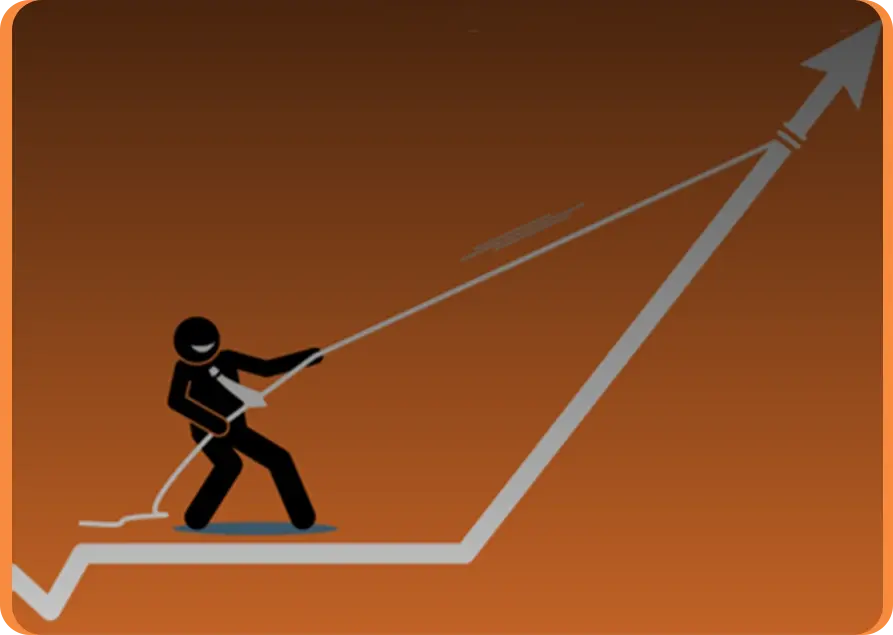Boyar’s Stock Selection
Methods
“The Hidden Asset Method is probably our favorite stock selection method as no computer screen in the world will ever be able to replicate it.”
Mark Boyar
The Hidden Asset Method
We look beyond the obvious. Many companies own valuable assets-like real estate, iconic brands, natural resources or investments-that are burried in the footnotes or not properly reflected on the balance sheet. Uncovering them takes curiosity, deep research and patience-not a stock screen.
The Franchise Approach
We are big believers in the power of great brands. Iconic brands are often impossible to replicate—and even if they could be, it would take years—giving the company a significant competitive advantage. This alone could present an attractive investment opportunity.
In certain instances a corporate name masks this valuable brand, creating a valuation disconnect as investors do not always give the company full credit for its great consumer franchise.
"The best situations for us is when we find great consumer franchises that are masked by a corporate name"
Jonathan Boyar
The Business Value Method
We often find opportunity where others see only trouble. When an industry is out of favor, negative sentiment can push the stock prices of even high-quality companies within that industry well below their true worth—creating the chance to buy great businesses at attractive prices.
The key is knowing why the industry has fallen out of favor. If the challenges are cyclical (temporary), there may be a compelling long-term opportunity. If they are secular (permanent), caution is warranted. Our job is to make that distinction—then act decisively when the odds are in our favor.
"We look at industries that Wall Street hates and try to determine which companies are being unfairly punished and will thrive in the future."
Jonathan Boyar
Special Situations
Certain corporate events can create temporary mispricings—moments when sentiment shifts and opportunities emerge. Two situations we pay close attention to are:
Recent Spinoffs – Newly independent companies often receive little attention from Wall Street analysts, making valuation discrepancies more likely.
Post-Bankruptcy Reorganizations – Companies emerging from bankruptcy frequently face a stigma and minimal analyst coverage, which can temporarily depress valuations despite improved fundamentals.
Catalysts & Triggers
An undervalued company with solid fundamentals isn’t enough.
Without a catalyst, a stock can remain undervalued for years. That’s why we look for a clear event or development—typically within two to five years—that could unlock value.
Mark Boyar
We only want to own a business when there’s a reason the stock market might recognize its worth.
Some of the catalysts we look for include:
- Initiation of a dividend or meaningful share repurchase program
- A corporate split or spin-off that creates focus and value
- Management changes, acquisitions, or macro shifts that improve operations
- Ownership by an aging founder without a clear succession plan

Value Traps: Avoiding the Illusion of Cheapness
Not all “cheap” stocks are bargains. Many fall into the value trap category—companies that look inexpensive but suffer from deep structural problems, weak competitive positions, or poor capital allocation. These businesses can stay cheap or even decline further, no matter how attractive their valuation appears.
At Boyar, our research goes beyond surface-level metrics to avoid these pitfalls. We focus on identifying companies with durable franchises, solid management, and clear catalysts that can unlock long-term value. This discipline helps us separate genuine opportunities from traps that ensnare less rigorous investors.
How We Avoid Value Traps
We Ask Ourselves
Does the business have a sustainable competitive advantage, or is it being disrupted?
Is management allocating capital wisely?
Are there identifiable catalysts to unlock shareholder value?





